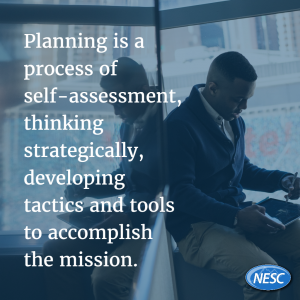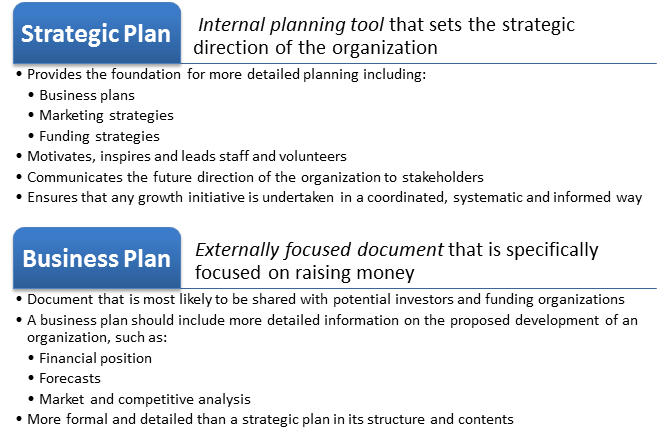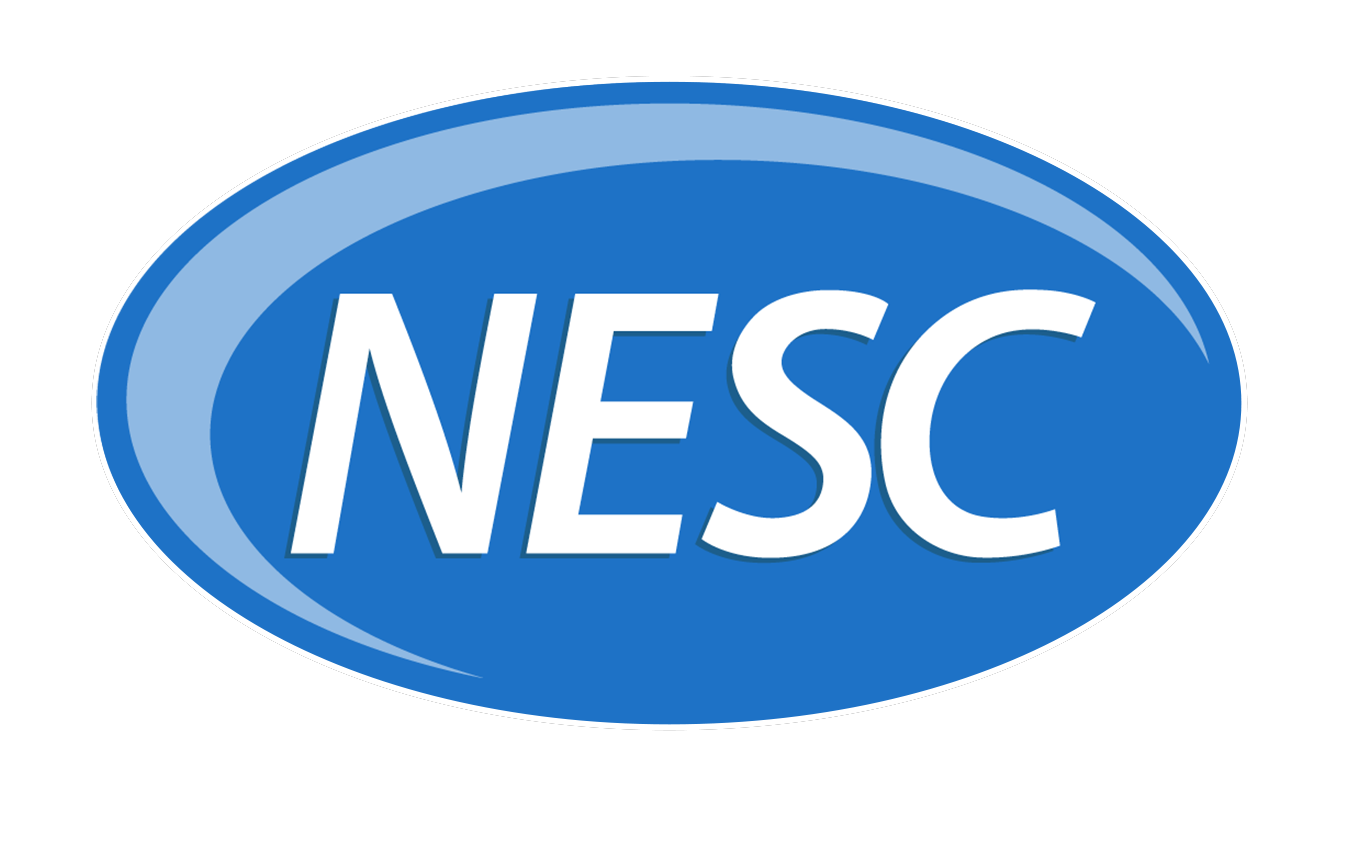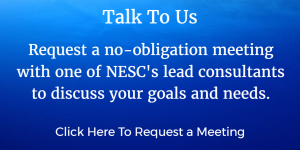 In a world of diminishing resources and ever increasing demands for improved service delivery, the pressure on nonprofit organizations to do more with less grows each day. The nonprofits that will survive are the ones who can critically self-assess their organization and best communicate their value to funders.
In a world of diminishing resources and ever increasing demands for improved service delivery, the pressure on nonprofit organizations to do more with less grows each day. The nonprofits that will survive are the ones who can critically self-assess their organization and best communicate their value to funders.
Foundations – like everyone who invests – want to be sure that they are making a great investment. At a minimum, they want to ensure that any nonprofit they support is financially stable and acting with the highest integrity. In addition, funders want to see clear financial records, good accounting systems, and detailed support that shows the feasibility and effectiveness of the nonprofit’s work.
By putting the effort into developing a well thought-out Business Plan, you will be able to demonstrate the value and effectiveness of your programs, your organization’s ability to sustain and continue delivering on its mission and, most importantly, that your organization is a deserving one in which to invest.
Why Plan? (THE PROBLEM)
Simply put: “the world it is a changing. . .” It is no longer simply a matter of coming up with a good story – there is a growing importance and emphasis on impact measurement.
More and more, funders want to see how their money changes the world, and they want justification that they chose wisely when they chose your organization. According to a 2016 study, 89% of wealthy donors indicated that it is important that the organizations they support demonstrate sound business and operational practices. Moreover, the emergence of impact investing and social finance has brought with it an increased focus on metrics.
We often see nonprofits so focused on their current mission that they neglect to develop the business skills and knowledge that are especially needed as the organization grows. An article in Nonprofit Quarterly entitled 10 Ways to Kill Your Nonprofit pointed out that many nonprofits “die” because they remain “forever young” – having never developed the robust internal processes of more mature organizations.
Some donors stop giving to one nonprofit because other nonprofits are seen as at least equally deserving but have also developed the metrics, financial projections and performance measures increasingly seen as important by funding organizations. A “good story” by itself is no longer enough.
Recently, First Nonprofit Foundation, a private grant-making organization, identified The Top Six Reasons Why Grant Applications Are Rejected. Fully half of the reasons related to lack of elements that would be found in a typical business plan: a project budget, project specifics, and required documentation.
What to Do? (THE SOLUTION)
A business plan provides a framework for success: a way to better understand the organization’s strengths and weaknesses and how to communicate to potential supporters about the organization. A business plan is a key tool that helps a nonprofit address both of these needs. The business planning process is a way to:
- Describe the “Who – What – How – Where – When” of an organization’s operations, which in turn can lead to a solid understanding of operational costs and value for each aspect of the operation.
- Identify needed strategies and tasks to be accomplished, and establish appropriate milestones, goals and objectives. It forces the evaluation of programs for potential success and looks at associated risks along with an organization’s competitive advantage.
- Help build the necessary business acumen needed to run a complex organization by developing disciplined methods to forecast, measure and track performance.
- Fashion a strategic communications message to inform stakeholders where the organization is going and how it plans to get there – something of key importance to a nonprofit’s fundraising effort.
What is a Business Plan? (THE FUNDAMENTALS)
How is a business plan different from a strategic plan? While both a strategic plan and business plan reflect an organization’s values, vision, mission and financials, there are differences between the two.

A business plan demonstrates to outsiders where the organization is going and how it will sustain itself and grow. A business plan should include:
- Marketing plan – identifies the target market, specific programs and services, and the benefits these programs will deliver. The marketing plan should also include tactical programs that will be implemented to reach the market.
- Operational plan – lists what the organization needs to execute the mission and includes an overview of organizational structure and other resource requirements.
- Financial plan – includes detailed financial projections, including growth expectations over the next few years.
How Can a Business Plan Help Your Nonprofit? (THE BENEFITS)
Planning is a process of self-assessment, thinking strategically, developing tactics and tools to accomplish the mission. Planning leads to strategic thinking: it creates discipline, helps you develop organizational insight, and better prepares your organization to sustain itself.
For example, through the business planning process, nonprofits will learn to anticipate potential fluctuations in revenue, which will lead to better preparation for times of economic upheaval. As well, the process can help your nonprofit prepare for future risks by creating the impetus to think about a Plan B if planned activities fail. Moreover, individual business planning components, such as preparing financial projections, can help a nonprofit assure itself that it is using its resources efficiently and effectively.
A nonprofit that has a well-developed business plan can say to a potential funder with confidence: “We not only have a good story, but we know we are the right choice. We know where the organization is going, and we know how we are getting there. We have matured and we have developed the insight and knowledge to deliver on our mission efficiently and effectively. We have the metrics to prove it.”
Agree? Disagree? Share your thoughts in the Comments below.

